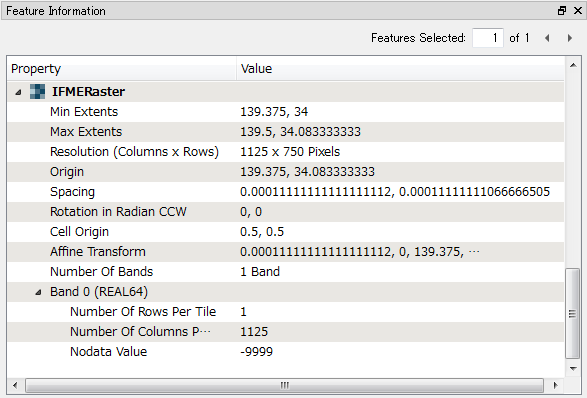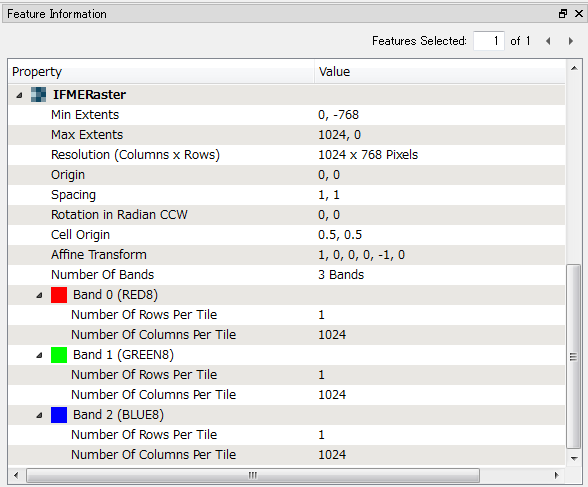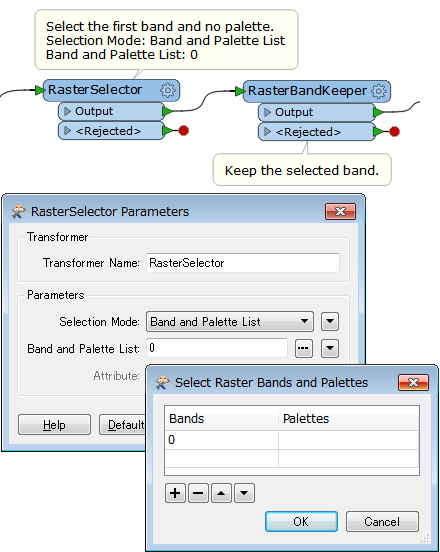Hello,
I want to make a FME model in which the slope along bicycle routes is determined, as well as the direction of the slope (uphill/downhill).
My idea:
- dividing the network in small parts of +/- 50 metres long (LineDivider)
- define the elevation of the start- and endpoint of the lines, as well as the direction
- calculate the slope in between these points + direction
Anyone who can help me with this?












